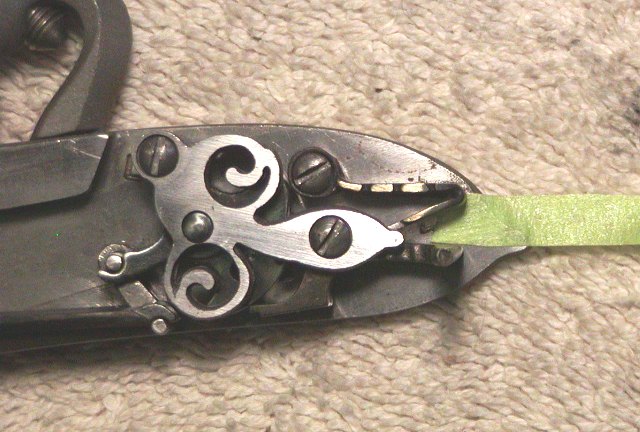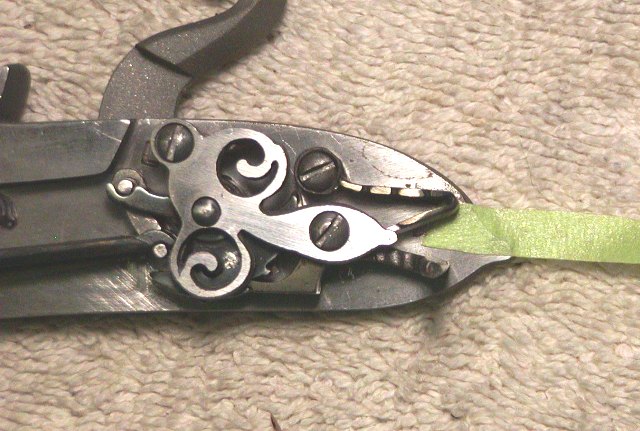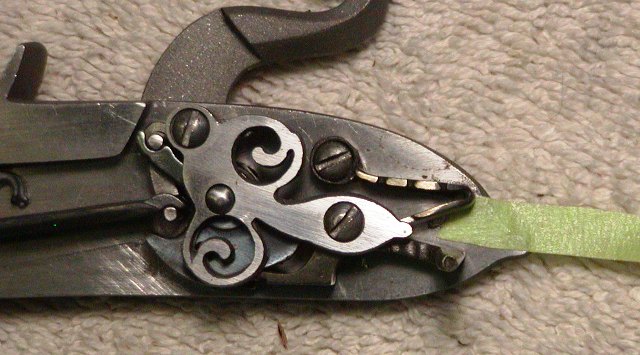There have been lots of good responses here, especially Dave Person's comments in post #11.
The geometry of the lock components and the position of the sear bar, in particular, are important. However, even cheap locks can often be improved for use with a single trigger by careful stoning of the sear nose and tumbler notches. My dad was really good at this. He got me a cheap 28 gauge Spanish-made percussion smoothbore (actually a "rough-bore"...) from Dixie when I was about 14, so I wouldn't be abusing his originals. This gun had about a forty pound trigger pull, by my estimate, but Dad disassembled the lock and spent about half an hour with his stones, all the while muttering about the lockmaker's canine maternal parent. In any event, he actually got the trigger down to a very acceptable weight and reasonably clean release. Squirrels were no longer safe in the neighbor's pecan grove. However, you do need to know what you are doing. If done improperly, the risk of accidental discharge increases substantially.
Set triggers are great for deliberate shooting. The "hair trigger" actually trips the other trigger, not the lock. When the rear trigger is tripped by the hair trigger, the heavy spring on the set trigger mechanism kicks the arm of the rear trigger up so it knocks the lock's sear arm up, rather forcefully, instead up pushing it up as with a simple, single trigger. This is why you should never dry fire set triggers with the lock at half cock. The sear arm won't move, nothing gives, and you risk breaking either the sear arm or the trigger knife.
Since set triggers hit the sear so forcefully, and the force is applied by spring action rather than your trigger finger, gunmakers can maybe get away with less-than-perfect sear nose and tumbler engagement. A crisp, light single trigger demands that the mating surfaces at the point of engagement be polished and at the correct relative angles.
If you are still with me here, you might be able to take that Pedersoli pistol lock to a knowledgeable gunsmith and get him to stone the sear nose and tumbler notches to improve your trigger action.
Good luck with it!
Notchy Bob









